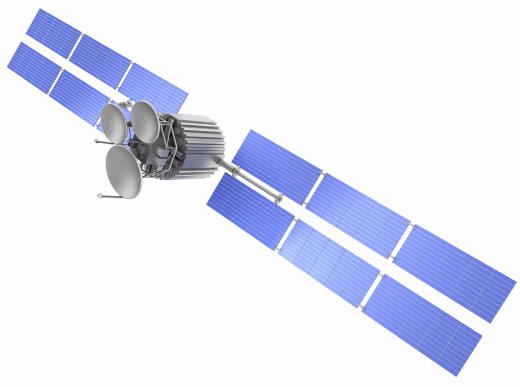A return channel or return link is a link direction that is opposite to the main information flow. It is used in analog and digital communications to signal the far end of a communications link. The return channel is sometimes referred to as a reverse channel, or back channel, which provides status and supervisory capabilities to a user terminal.
In a typical broadband transmission link used in communication circuits, there is a need to make sure that the destination of the main data flow is successfully collecting the incoming data. It is similar to a storyteller that keeps on telling a story for as long as there is some sign of affirmation from a listener, such as when someone in the audience occasionally nods or gives a brief affirmative response. The return channel is the direction of communication from the user back to the source. For systems with backhaul requirements, there is a need to affirm the active status of nodes in both directions. In global cell phone infrastructure, the data exchange between the switching nodes corresponds to many types of channels that may carry the main data streams or may carry control and supervisory information.

There are a wide range of uses for the return channel in satellite, remote control, data communications links, and many more. For satellite imagery, for instance, the return channel provides the path to send commands for repositioning an imaging satellite to optimize visual coverage of a slightly shifted geographical area. In a robotic exploration unit, the forward channel may contain the digitized video of a seabed where an oil leak is being monitored. The return channel may carry digital packets that navigate the robot on the seabed and may carry commands for panning and focusing the video camera.
Data communications links make use of return channels that may be used automatically by the various data communications protocols. If two computers are connected to transfer data, a channel from the data destination computer signals the status of the current transfer. In early computer communications, this was the equivalent of the transmit on (XON) and transmit off (XOFF) pacing scheme where each of these conditions was signaled by a single 7-bit character. For instance, in a computer-to-printer-link, a printer may keep printing a data stream from a computer, although at some point the printer will not be able to catch up. This is typical when the printer runs out of paper or memory to buffer unprinted pages.
In the above condition, the printer sends a XOFF to the computer that will cause the computer to stop sending further data. When the printer is ready, it sends a XON. At this point, the computer resumes sending data to the printer. The printer-to-computer channel may be considered as a return channel.
